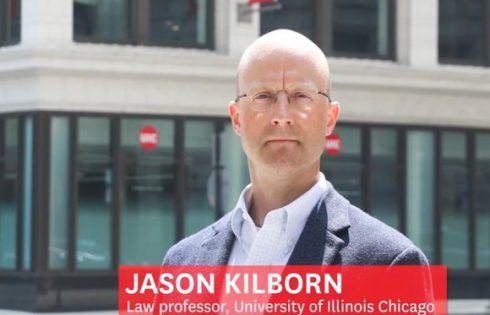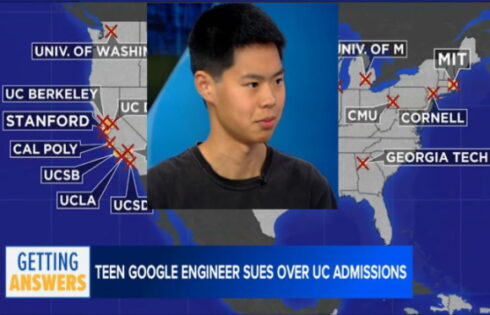
Leadership acknowledges most of the changes are high cost, difficult to implement
The University of Illinois Urbana-Champaign released its annual “climate action plan.” The plan describes how the university plans to reduce energy usage and increase its use of renewable energy. It has been released every year since 2010.
But even leadership at the university admits that most of its plans are going to have a high cost and be difficult to implement.
In total the summary document of the 113-page plan lists 57 different projects and plans for the university. The plans include the creation of an “environmental justice plan,” “divest from fossil fuels by 2025” and a pledge to “monitor soil health.”
Its most ambitious plans are to increase the university’s use of renewable energy. In the plan’s introduction, it introduces renewable energy and reduction of fossil fuel usage as its primary focus.
“With the overarching goal of carbon neutrality acting as our anchor, the objectives included in this document were carefully curated in pursuit of formidable, yet achievable, targets,” the plan said.
By 2030, the university wants to utilize “clean energy sources for 15% of total campus energy demand by FY30,” according to the plan. University officials also want to use more thermal energy and reduce campus-wide energy use in buildings.
The plan, developed by the university administration and a variety of student groups, lists each of these demands as medium or high difficulty and high-cost.
The groups and the university are not revealing what those costs are, however.
Students for Environmental Concern, the Student Sustainability Leadership group, and the student government did not respond to multiple emailed requests for comment from The College Fix on the cost of implementation.
The university’s media relations office forwarded the request to the Illinois Climate Action Plan team and did not provide any further comment.
Megan White, the chair of iCAP, admitted that the school does not have a budget projection.
She said, via email to The Fix:
It is important to understand that the iCAP 2020 is a strategic plan that outlines our sustainability goals for the next five years and beyond. It is an aspirational visioning document that aligns the goals of our world-class university. It is not a budget plan and does not include specific costs. Each individual iCAP 2020 objective has a responsible unit noted in the plan, and they will work on the financial and operational aspects for the implementation of the various projects related to the objectives. When the university considers the costs, we look at the full life-cycle cost, from the original construction/start-up costs through the full life and operational costs to final decommissioning and renewal costs. From this perspective, we also consider the impacts on the state economy and the quality of life for our community.
“The difficulty for renewable energy is primarily tied to the availability of renewable energy supply at the scale needed for our university,” White said in response to a question about potential obstacles.
She further explained some of the other problems:
The clean power objective requires innovative thinking for how to integrate a new resource with our existing power supply enterprise system. The clean thermal energy objective requires a clean energy source for thermal energy, which may entail building an anaerobic digester on campus or entering into a renewable natural gas purchasing agreement.
“Retrocommissioning efforts have saved over $84 million dollars for campus from 2007 to 2020,” White said.
“Our energy demand per square foot is the lowest in the Big Ten, and we are happy to have reduced our campus greenhouse gas emissions by over 25% since signing the Climate Leadership Commitments,” White said.
MORE: Harvard fossil fuel divestment group stages mock oil spill on campus
IMAGE:Stockfour/Shutterstock
Like The College Fix on Facebook / Follow us on Twitter






Please join the conversation about our stories on Facebook, Twitter, Instagram, Reddit, MeWe, Rumble, Gab, Minds and Gettr.